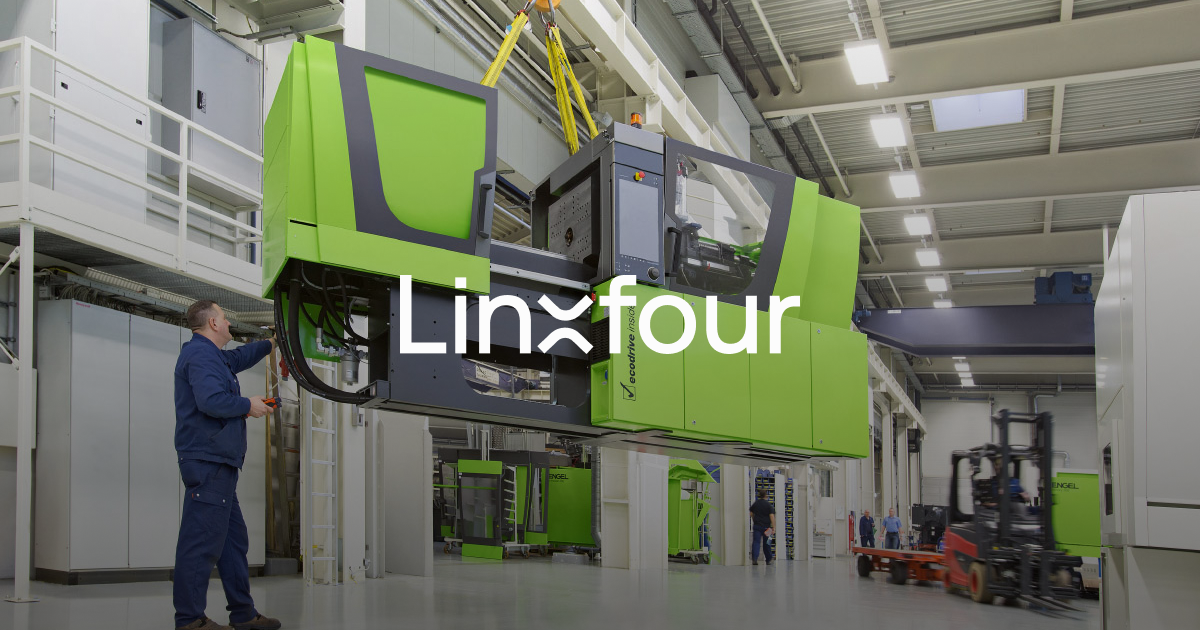In the current dynamic world of manufacturing finance, the concept of Pay-per-Use Equipment Finance is emerging as an unifying force, changing conventional models and offering unprecedented business flexibility. Linxfour is leading this change using Industrial IoT in order to bring a completely new style of finance that will benefit both operators and manufacturers of equipment. We look at the complexities of Pay-per-Use finance, its implications in challenging conditions, and how it will transform practices in finance by transforming from CAPEX to OPEX. This unlocks off the process of preparing balance sheets according to IFRS16.
The Power of Pay-per-Use Financing
Pay per use financing for equipment used in manufacturing has revolutionized the manufacturing industry. Instead of fixed, rigid payments, businesses pay based on the actual usage of the equipment. Linxfour’s Industrial IoT integration ensures accurate recording of usage, offering the transparency needed to avoid hidden costs or penalties if the equipment is underutilized. This new approach improves flexibility when managing cash flow. This is especially crucial during periods of fluctuating demand from customers and lower revenue.
Effect on sales and business conditions
The overwhelming consensus is that Pay per use financing is a great option. Even in difficult economic times 94% of respondents believe that this model is a good way to boost sales. The ability to directly match costs with the amount of equipment used is not just appealing to companies seeking to improve their spending but also creates an attractive situation for companies who are able to offer more attractive financing options to their clients.
Moving from CAPEX to OPEX: Transformation of Accounting
Accounting is among the major differentiators between traditional leasing as well as pay-per-use finance. Pay-per use financing transforms companies through the shift from capital expenses to operating expenses. This shift has significant implications for financial reporting, providing a more precise representation of the expenses associated with revenue generation.
Unlocking Off-Balance Sheet Treatment under IFRS16
Pay-per use finance comes with a unique advantage as it is a separate item from the balance sheet. This is an important consideration for the International Financial Reporting Standard 16 IFRS16. In transforming the financing for equipment costs into liabilities, firms can take this off their balance sheet. This decreases financial leverage and eases investment obstacles and makes it appealing to companies seeking an easier and more flexible financial structure.
If under-utilization is the cause, KPIs can be improved and TCO increased.
In addition to the off balance sheet treatments, the Pay-per-Use model contributes to increasing important performance indicators (KPIs) such as free cash flow as well as the Total Cost of Ownership (TCO), especially when there is under-utilization. Lease models founded on traditional techniques can create problems when equipment is not used in the way that is expected. Companies can improve their financial results by cutting down on fixed payments on underutilized assets. See more at IFRS16
Manufacturing Finance to come in the near future
While businesses struggle to navigate the complexities of a changing economy, new financing models such as Pay-per-Use are helping to pave the way to a more flexible and resilient future. Linxfour’s Industrial IoT approach benefits not manufacturers and equipment operators, but also aligns itself with the trends of businesses that are looking for affordable and flexible financing solutions.
In conclusion, the integration of Pay-per use financing, paired with the accounting transformation from CAPEX to OPEX and off balance sheet treatment in the IFRS16 framework, marks a significant evolution in manufacturing finance. In a global manufacturing market that is ever-changing business owners are searching for ways to improve their financial agility, efficiency, and KPIs. This unique financing model could help them meet these objectives.
